Zed451
739 N. Clark St.
(312) 266-6691
www.zed451.com
Rating: Three Stars
.jpg)
.jpg)
.jpg)
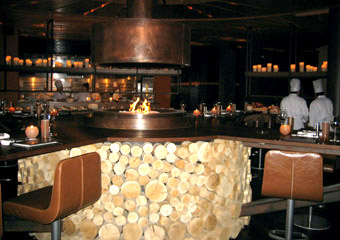
Stacey's dining companion wants to live here
Zed is the British/French pronunciation of the last letter of the alphabet. 451 is the number of degrees (in Fahrenheit) needed for fire to ignite. So, one would imagine that somehow the creators of this new restaurant are implying that their concept is a culminating point, the end all be all, the point of combustion.
Instead, what works best about this spacious and comfortable space is that ultimately, it is basic--it celebrates the beginning of things and is the starting place. At a time in dining where American Chefs are borrowing the best ideas from other cultures and claiming them as our own, it should be no surprise that the marketing of Zed451 doesn’t ever invoke Italian antipasto, Spanish Tapas, Greek Mezes, or Argentinean churrascuro, (the traditional steakhouse format that has become popularized here with places like Fogo De Chao). And yet, it is the intersection of those dining formats, simply a large salad bar and starter tables followed by an all-you-can-eat festival of meats, grilled on large skewers, and carved tableside, that the team at Zed is doing.
But if the devil is in the details, so is the divine.
My date for the evening is a goddess with a biblical name, who has given me the ultimate gift, a brilliantly blonde and blue-eyed porcelain-skinned goddaughter, who has a 30-something’s vocabulary at the age of three and is dutifully learning the Four Questions for next year’s Passover Seder. She greets me when I visit with a hug and the phrase, “Can I get you a glass of wine or something?” Rachel is a props master and set dresser with impeccable taste, so when she meets me at the expansive central bar and says, “I want to live here” I know that architect Chris Smith, in his first Chicago project, has been extraordinarily successful in creating a comfortable and attractive place, not easy to do in a cavernous space such as this.
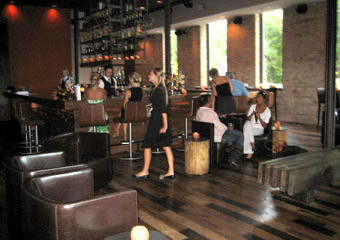
Groups gather in Zed's cozy nooks
But cozy nooks abound, the seating at the bar is comfortable enough that you can imagine lingering, and natural touches like warm woods, leather and stone are very welcoming. There is a focus on the ‘fresh’ here, which is highlighted everywhere including on the drinks menu. We start with the bartender’s recommendation, the cucumber sage martini. A blend of freshly muddled cucumber with lemon simple syrup, sage, and Hendrick’s gin, this martini tasted neither of cucumber nor of sage, but was still yummy...slightly sweet and lemony, but not overpowering the smooth piney gin.
We moved to the dining room, a bright and airy space with a round central set of serving tables hugging the circular fire pit, banquettes and tables radiating out from it like a starfish. A small candle, a tiny nosegay of blissfully scentless flowers, a flat-brushed aluminum disc containing two agate river stones rest atop the simple table. We are immediately attended to by Ilyas, a genial gent of Moroccan origin, who indicates that he is there to “explain the experience.”
Again deftly avoiding the use of the words “salad bar” and “Argentinean Steakhouse,” Ilyas explains, (as a fresh set of warm three-cheese biscuits arrive in a cast iron pan with an accompaniment of tangerine butter), that we will begin at the “Harvest Tables,” the circular set of tables we passed en route to our seats. These have soups, charcuterie and cheeses, and prepared salads that we should ‘enjoy to our hearts content’ (read: all you can eat). Once we decide to move on to the entrée portion of the evening, we should move our stones from the metal disc onto the corner of the table, which will indicate to the numerous chefs that we are ready to begin sampling their fares. When we want to take a breather, we should simply move the stones back to their home base, and we will be left to eat in peace until we choose to re-start.
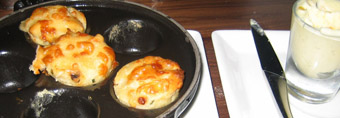
Hot buns! The delightful three-cheese biscuits
Neither Rachel or I are exactly fans of the general idea of a salad bar, associating them with sneeze guards, badly parented children fondling the beets, inexplicable chocolate pudding and big bowls of lettuce swimming in pools of tepid water. But we were pleasantly surprised to find that the Harvest Tables banished those fears. Laid out more like an expansive antipasto bar, the simple white rectangular plates hold interesting options that feel more like serve-it-yourself tapas. The simple cheese platter is nothing new, the charcuterie consists of spicy sopressatta, smooth mortadella, and meaty guianciale, and all are highlighted by house-cured bread-and-butter pickles and fresh baby artichokes, as well as grilled vegetables.
Rachel samples a roasted eggplant soup, adding feta cheese and toasted pine nuts to garnish, which she declares to be like a velvet hug. Some other highlights include a tiny wedge salad, boson lettuce topped with diced tomatoes, a blue cheese dressing, and garlic chips; a salad of roasted peaches with new potatoes, grilled red onion and blanched green beans; vanilla poached baby carrots with honey yogurt; and fresh pineapple with Madagascar vanilla and pepper, which I could probably eat forty-two portions of if no one stopped me. And frankly, at Zed, no one will stop you.
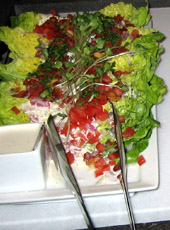
"Fresh" is the main ingredient
There are some misses here as well, a bland cheese ravioli where the filling is so flavorless that it is literally indistinguishable from the pasta that contains it. An uninspired tri-color pasta salad with creamy Italian dressing, while a slightly upscale version of what you see in your local deli case, nevertheless adds nothing of interest. And the genius of poaching carrots in vanilla is not so genius when used on green beans.
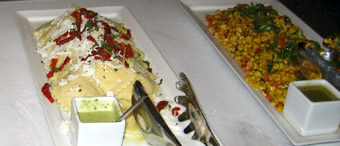
There's something for everyone at the non-salad bar
The wine list here has some good choices, although Ilyas was hesitant to make specific recommendations and it was clear that if you want to do any kind of wine pairings, you are on your own. For the Harvest Tables, we ordered Sofia Coppola’s take on champagne, which adorably comes in little pink cans, although we opted out of the included tiny straws, and asked for flutes because Rachel sees enough juice-boxes with a three-year old at home, and I think that champagne thru a plastic straw is about as appealing as beer in a funnel.
The amuse bouche of the night was a shot of chilled yellow pepper soup with lemongrass and chive oil, a nice and refreshing mouthful that was balanced and flavorful. We were clearly the only guests who had thought to request that the parade of skewered proteins we were about to receive begin with seafood and poultry and then move to game and red meats. (It is a touch I might recommend as a standard practice, since it helps with wine ordering, and also preps the palate.) They were happy to accommodate us, and we ordered a glass of buttery Bouterra Viognier and one of Kim Crawford Sauvignon Blanc, a fruity white from New Zealand, both of which would stand up well to both fish and poultry. Ilyas placed our stones on the corner of the table, and let us know that “With the rocks out, you’re rockin’!” and reminded us that the chefs are there to please and serve, and special requests are encouraged.
The true genius of Zed451 is its fixed price. If you went to any decent restaurant and ordered a starter, a salad, an entrée and side dishes, you would easily spend more than the $50 per person cost here. And if you ordered wrong, you’d be stuck with your choices. Even at a tapas bar, you pay for every decision, and if you have a budget, it can limit your willingness to taste and try. But with this concept in place, you enjoy your fill of any and all offerings; be adventurous, if something doesn’t satisfy, push it aside and wait for the next morsel.
That was a plan that turned out to be necessary. Some of the food that came to us was absolutely fantastic. A citrus-crusted salmon was Rachel’s favorite thing of the evening, while I was torn between the succulent rib eye and the glorious rump roast, both perfectly seasoned top quality beef, cooked to buttery perfection. Other delights were a seared tuna loin with a citrus soy sauce, pistachio crusted duck breast, (marred only minimally by the use of canned mandarin oranges on top), a sweet and smoky spare rib, spicy Portuguese linguica sausage, juicy and fragrant, and a lovely little lamb chop with herbed goat cheese butter and crisp bread crumb crust.
There were however, some problem dishes as well. What would have been a great tempura mahi mahi was sauced well before it came to the table, and while the fish within was flaky and flavorful, the desired balancing crispiness of the batter was absent, having gotten soggy on the way to the table. Both chicken offerings, an herbed breast and roasted leg, were lackluster, the leg under-seasoned, and the breast both over-marinated and overcooked, way too dry to even bother with. Likewise, pork loin with parmesan had all the moistness cooked out of it, rendering it the texture of pressed wood, and the cheese was an off-putting pairing for what should have been sweet and tender meat. The leg of lamb had also suffered from over-marinating, penetrating so far into the meat so that it lost all of its wonderful soft gaminess and tasted only of salt.
The Oregon Pinot Noir and Beaulieu Reserve Red we ordered were both delicious, and necessary on the one hand to enhance the taste of some dishes, and sadly, occasionally to eliminate the flavor of others. Sides too, were somewhat inconsistent. The mashed potato gratin was passable but boring, the butter in the dish leached out into greasiness in the re-baking, but the ratatouille, with chunks of fresh zucchini, yellow squash, eggplant, onions and peppers, was light and tasted of summer, and went well with most of the meat offerings. The desserts were hit or miss as well. The highly recommended butterscotch bread pudding tasted mostly of the synthetic butterscotch-flavored chips scattered throughout, and we ended up scraping the delicious house-made toasted marshmallow off the top and abandoning the rest. But the cherry cobbler with cheesecake ice cream had a great base of sweet-tart cherries in an unctuous sauce, which was taken to a whole new level with the rich creamy ice cream, but the cobbles were more like bricks, too thick and with too much cinnamon, so again, we pushed them aside. Our neighbors had the lemon tart, which they raved about, and we saw the chocolate trio walk by and it looked promising.
But ultimately, the inconsistency doesn’t really matter that much here. The price is reasonable, the food that works is better than good, it is delicious, which more than makes up for the missteps. And more importantly, the staff is impeccable. They were present but not obtrusive, accommodating without being obsequious. When we expressed a desire for fresh plates, they arrived in a flash. And even better, with Ilyas guiding our meal and attending to the details, we also got to meet a large cadre of personable chefs, who were uniformly passionate about the food they were bringing us, eager to tempt us with their particular offerings, and desirous of enriching our experience by offering to personally craft off-menu items at our will.
When Rachel jokingly wondered how they might get her scrambled eggs on a skewer, she was asked if she liked her eggs dry or runny and if she would like bacon as well. We both believe that if she had been serious, scrambled eggs would have indeed been forthcoming. Don’t like a seasoning or sauce? Ask for a different one. Want something to have a Middle Eastern or Indian flair? Just let them know. The group is mostly current culinary school students or recent grads, and they truly do want you to challenge them to cook specifically for you and your palate.
For whatever occasional flaws appear on the plates, Corporate Chef John Radcliff, (who checked in periodically with all diners during their meals to ensure that everyone was happy) in his Chicago debut, has put together a wonderful team, and I am sure that as they all find their way, the overall food quality will go nowhere but up. In the meantime, it is a place worth visiting and a fun dining experience, especially for groups. The spectacular roof deck is already part of the see-and-be-seen scene here in Chicago, and was packed to the gills when we visited, but it is a really lovely space, so I’d get there early and snag a table.
And for all you single 20-something gals, be sure to ask for Jory Zimmerman, one of the wandering chefs. He’s a recent culinary school grad who is looking for a nice Jewish girl to cook for.
Yours in good taste,
Stacey
www.staceyballis.com
NOSH of the week: We are in the height of summer, so be sure to support your local farmer’s markets! Some good ones: Green City Market 1750 N. Clark at Stockton, W/SA. 7-1:30, Lincoln Park, 2001 N Orchard in the LPHS parking lot, SA. 7-2, City Farm, 1240 N Clybourn, TU/TH/SA 3-6, Daley Plaza TH 7-3, Logan Square 3107 W. Logan Blvd. SU 10-3, Conuco 2800 W. Division, SA 9-2, Lawndale 3555 W. Ogden Ave. W 7-2 And many more….if you love the one near you, be sure to post the details below for the rest of us!
NOSH food read of the week:
The Soul of a Chef
by Michael Ruhlman (also The Making of a Chef, and The Reach of a Chef, and pretty much anything Mr. Ruhlman writes….check out his blog at www.ruhlman.com )

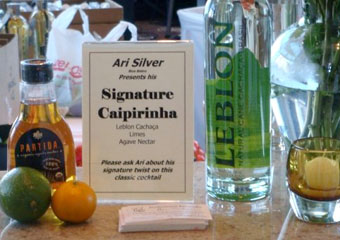


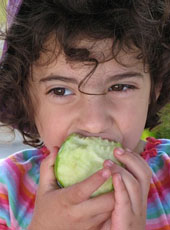
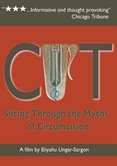
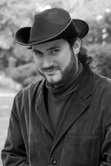

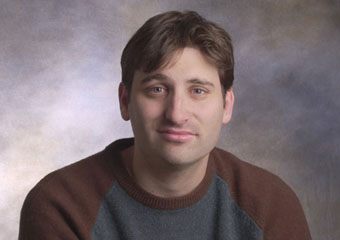
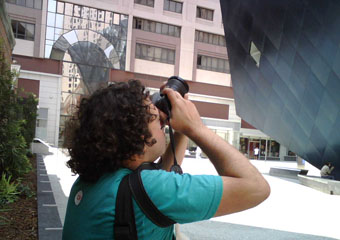
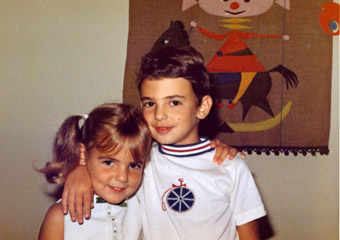
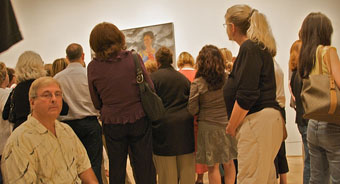
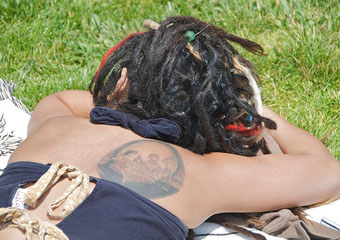
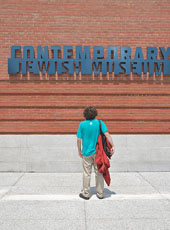
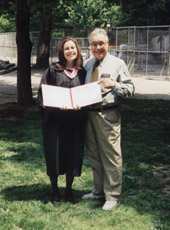
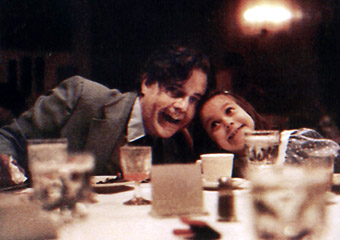
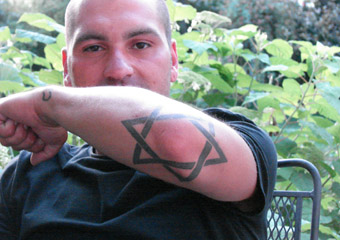

.jpg)





.jpg)
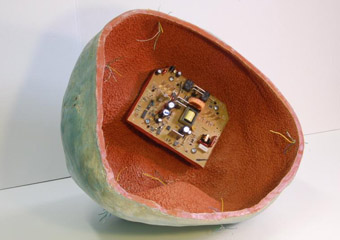


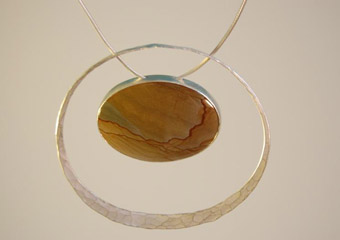
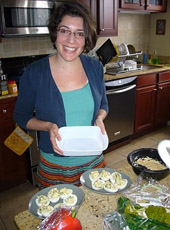
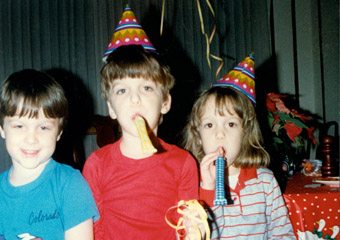
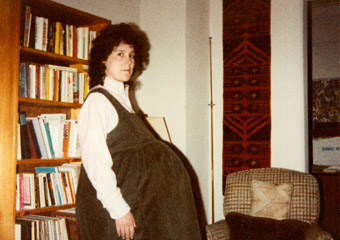
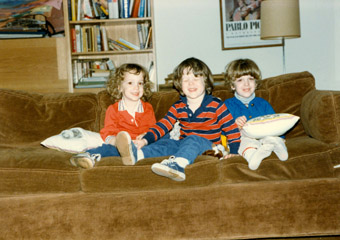
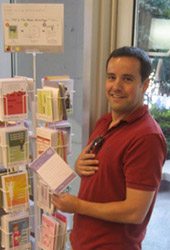
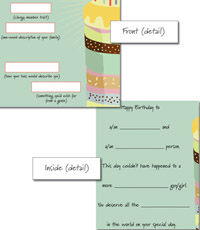
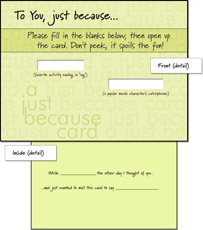

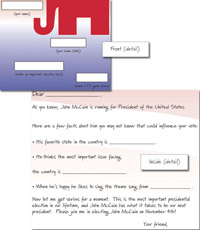
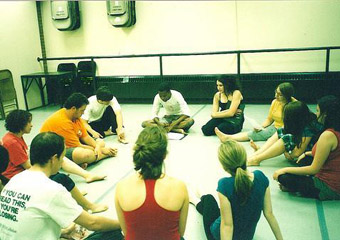

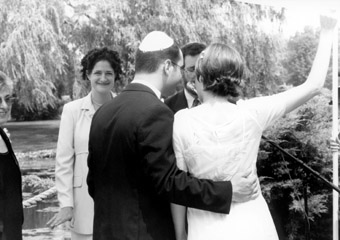
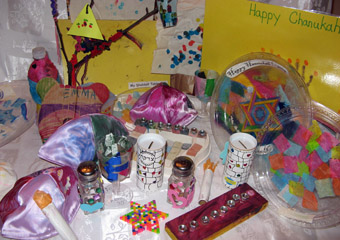
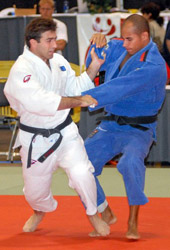
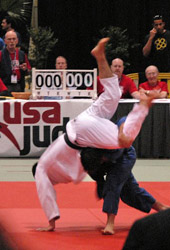

.jpg)



